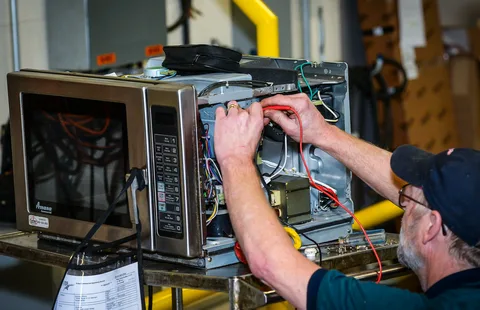Introduction to Executive Office Table Design
In the world of corporate culture and business aesthetics, the executive office is more than just a workspace; it is a symbol of authority, professionalism, and success. At the center of this prestigious domain stands the executive office table, a piece of furniture that embodies the essence of executive leadership. Executive office table design is a blend of form and function, where aesthetics meet practicality to create an environment conducive to productivity, creativity, and effective decision-making. In this article, we will explore the intricate world of executive office table design, its evolution over the years, and the principles that guide the creation of these essential pieces of furniture.
The Evolution of Executive Office Table Design
To truly appreciate the current state of executive office table design, it is important to take a brief journey through its evolution. The concept of an executive office, as we understand it today, has transformed significantly over the years. In the past, executive offices were often seen as opulent spaces, decorated with heavy, ornate furniture that emphasized the status and power of the occupant.
During the mid-20th century, a shift towards minimalism and functionality began to influence executive office table design. The modernist movement, with its emphasis on clean lines and simplicity, brought about a revolution in office furniture. Designers like Charles and Ray Eames and Florence Knoll introduced sleek, functional executive desks that emphasized efficiency and comfort.
Today, executive office table design has reached a point where it seamlessly blends elements of classic elegance with contemporary functionality. The emphasis is on creating an atmosphere that is both visually appealing and conducive to productivity, reflecting the changing nature of the executive role in the modern workplace.
Key Principles of Executive Office Table Design
Ergonomics
One of the fundamental principles of executive office table design is ergonomics. The executive desk should provide a comfortable and healthy workspace for the occupant, allowing for long hours of work without physical strain. Height-adjustable desks, ergonomic chairs, and proper cable management systems are essential components of ergonomic office design.
Material Selection
The choice of materials plays a crucial role in defining the aesthetics and functionality of an executive office table. High-quality woods, such as walnut, oak, or mahogany, are often used to create a sense of luxury and sophistication. Additionally, materials like glass, metal, and leather are incorporated to add a contemporary touch while maintaining durability.
Functionality
The executive office table must meet the functional needs of the occupant. It should have ample workspace for tasks such as writing, reading, and using a computer. Storage solutions like drawers, cabinets, and built-in charging ports should be seamlessly integrated into the design to keep the workspace organized and clutter-free.
Trends in Executive Office Table Design
As the corporate landscape evolves, so too does the design of executive office tables. Here are some notable trends that have emerged in recent years:
Minimalism with a Touch of Luxury
Contemporary executive office tables often embrace minimalist design principles with clean lines and uncluttered surfaces. However, they incorporate luxurious materials and finishes, such as marble, brass, or leather, to add a touch of opulence and sophistication.
Technology Integration
The modern executive office is a hub of technology, and office tables are no exception. Built-in charging stations, wire management systems, and concealed power outlets are common features in executive desks. Some advanced models even come equipped with integrated touchscreens for seamless communication and collaboration.
Sit-Stand Desks
Health and wellness have become paramount in office design. Sit-stand executive desks which allow users to switch between sitting and standing positions promote better posture and reduce the negative effects of prolonged sitting. These desks are often motorized for easy adjustment.
Conclusion
The design of executive office tables has come a long way from its ornate, opulent beginnings. Today, it is a balance between form and function, reflecting the evolving role of executives in the modern workplace. These tables are not merely pieces of furniture but symbols of leadership, professionalism, and success.
The principles of executive office table design—ergonomics, material selection, functionality, aesthetics, and personalization—guide the creation of these essential pieces of furniture. Recent trends emphasize minimalism with a touch of luxury, technology integration, health and wellness, collaboration, sustainability, and versatility.
As executive roles continue to evolve and adapt to the changing demands of the business world, executive office table design will undoubtedly continue to evolve as well, ensuring that these essential pieces of furniture remain both functional and inspiring for years to come.




